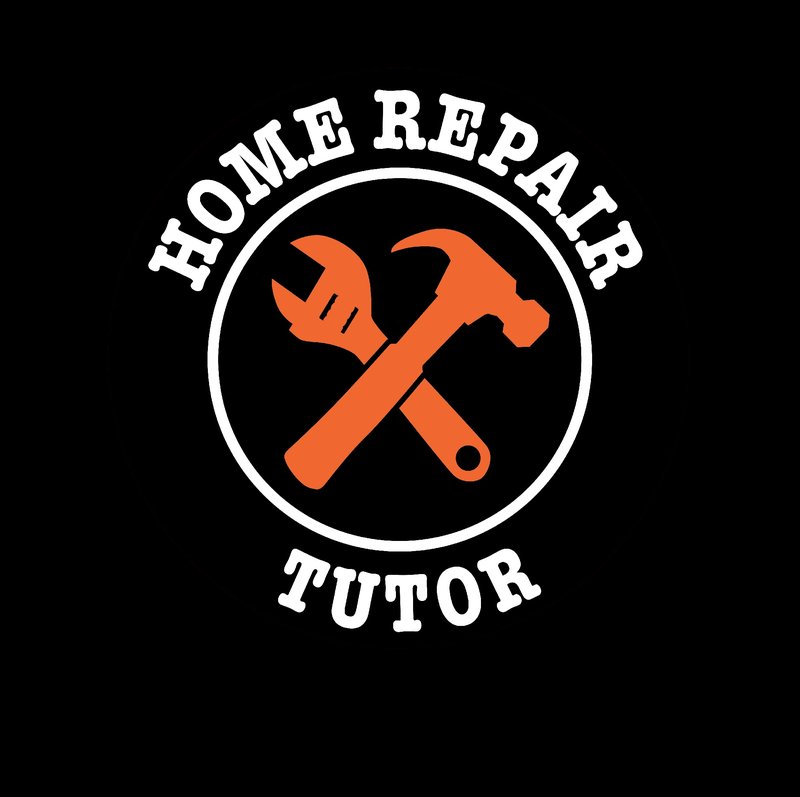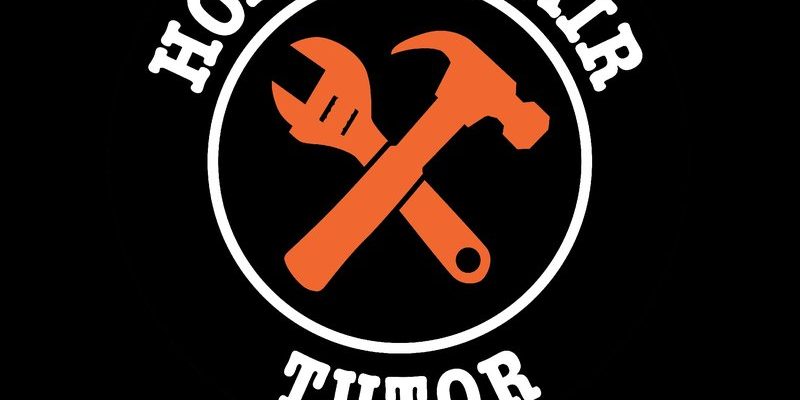
Let’s be real: most folks don’t even think about their door hardware until something jams or falls apart. Maybe your Schlage deadbolt starts sticking, or the Kwikset handle feels loose. Whether you have a classic keyed lock or a modern smart entry system, a simple toolkit and a little know-how can keep your doors secure and smooth for years. Here’s what you’ll want on hand for regular upkeep, troubleshooting, and even the occasional code reset or battery swap on electronic remotes.
Why Exterior Door Hardware Needs Regular Maintenance
First, let’s talk about the “why.” It’s easy to forget about regular door hardware maintenance until something breaks at the worst possible moment. But here’s the thing—weather conditions, dust, and daily use all gang up on your locks, handles, and hinges. If you ignore those creaks or sticky tumblers, you could be in for a bigger (and more expensive) repair down the line.
Think about your front door’s smart lock remote. Over time, batteries die, remotes become unsynced, and a simple reset or battery change can turn a frustrating lockout into a quick fix. And with older keyed locks, dirt and grime build up in the mechanism, making it tough to turn the key. A little attention with the right tools means you won’t be wrestling your way inside after a long day.
Here’s what I’ve learned: treating exterior door hardware as part of your home’s regular “health check” saves lots of time and stress. Whether you’re troubleshooting a problem or just doing routine care, a small investment in the right gear will make your life a heck of a lot easier.
Must-Have Screwdrivers for Door Hardware Care
Honestly, if you only buy one tool, make it a solid *screwdriver set*. Most exterior door hardware—from Schlage keypads to standard lever handles—relies on a handful of screws to stay together. Over time, screws can loosen from the regular slamming, jiggling, or weight of the door. If you ignore them, things start to wobble, rub, or refuse to line up.
A good set should have both Phillips and flathead drivers in several sizes. Why? Because manufacturers love to mix things up. Your Kwikset lock might use a tiny Phillips screw, while the storm door uses a flathead. And if you’re working on a smart lock, you’ll want a precision set for those microscopic screws inside the battery compartment.
Don’t forget: Magnetic tips are a lifesaver, especially when you’re unscrewing something while balancing on a step stool. Dropping a screw in the grass is basically a rite of passage, but a magnetic driver can help you avoid that fun little scavenger hunt.
Lubricants: The Unsung Hero of Smooth Locks
Let me explain—the difference between a sticky lock and one that turns like butter is almost always *lubrication*. But not all lubricants are created equal. You might be tempted to grab the WD-40, but for locks, a *dry graphite lubricant* is typically the best bet. It doesn’t attract dust and stays put, helping your key slide in and out without a hitch.
Here are the main types of lubricants you’ll encounter:
- Graphite powder: Best for the actual lock cylinder. A small squeeze is all you need for smooth operation.
- Silicone spray: Great for hinges and moving parts that get exposed to water. It forms a slick, protective layer without gumming up like oil-based sprays.
- WD-40 (use with care): Works for freeing up stuck screws or old, corroded metal, but it’s not a long-term fix for lock cylinders.
A little lubricant goes a long way. Spray or puff it directly into the keyway, work the lock a few times, and wipe away the excess. You’ll be amazed at how much easier things work—and how much less you’ll worry about keys breaking off in the lock.
Essential Tools for Battery-Operated and Smart Lock Systems
With so many homes switching to battery-powered or electronic locks, care for *smart door hardware* is a must. These locks often come with their own handful of quirks: dead batteries, syncing issues, forgotten codes, and error beeps at the worst moments.
If you have a remote or keypad lock from brands like Schlage, August, or Kwikset, here’s what you should keep in your kit:
- Small Phillips and flathead screwdrivers: For opening battery compartments and removing faceplates.
- Fresh batteries (AA, AAA, or 9V): Check your specific lock’s manual, but it’s smart to have extras on hand for quick swaps.
- Paperclip or reset tool: Most electronic locks have a tiny reset button you’ll need to press if you need to re-sync or pair the remote.
- User manual (paper or digital copy): Sounds obvious, but the right code or troubleshooting steps can save you a lot of trial and error.
You might be wondering—what’s the big deal with resets or pairing? Well, if something glitches, the lock could stop responding to your remote or forget its code. A quick battery swap and a reset often sorts it out, but only if you have the right mini tools on hand.
Hex Keys and Allen Wrenches: The Secret Weapon for Modern Handles
Have you ever installed a fancy new handle and realized the screws were nowhere to be found? Welcome to the world of *hex keys and Allen wrenches*. So many modern brands use these weird, hexagonal screws, especially on sleek or minimalist designs. It keeps the hardware looking clean, but means you can’t tighten things up with a regular screwdriver.
Here’s what I recommend: pick up a multi-size set. That way, you’re covered for both tiny set screws and the larger bolts in door levers or escutcheon plates. Some universal remote kits for smart locks even include a mini Allen wrench for battery and sync panel access.
And don’t overlook their usefulness for adjusting door closers, tightening up sagging handles, or taking apart stubborn lock cases for a deep clean. Trust me—if you ever need to pair, reset, or troubleshoot a smart lock, you’ll be glad you had the right Allen wrench handy.
Cleaning Tools: Keep Hardware Looking New
Maintaining the *appearance* of your exterior hardware is about more than just curb appeal—dirt and grit can actually damage finish and function over time. Think about all the hands, bags, and keys coming and going. A regular wipe-down keeps things shining and prevents grime from working into moving parts.
Some essentials for cleaning:
- Microfiber cloths: Gentle on finishes, great for collecting dust without scratching.
- Mild soap and water: For removing sticky fingerprints or bird droppings. Avoid harsh chemicals that can strip off protective coatings.
- Old toothbrush or small brush: Perfect for scrubbing around crevices, keyways, and tight spots that collect grit.
- Compressed air: Blasts debris out of lock cylinders and reset panels on electronic locks without forcing moisture inside.
Here’s a little story: I once thought my lock was failing, but it turned out to be a wad of dirt wedged inside. A quick blast of air and wipe-down later, it was working like new. Sometimes, basic cleaning beats troubleshooting any day.
Pliers, Adjustable Wrenches, and Extra Hardware for Emergency Fixes
For those “oh snap” moments—a stuck latch, bent strike plate, or stripped screw—nothing beats a trusty pair of *pliers* or an *adjustable wrench*. These tools aren’t just for heavy-duty fixes; a gentle touch can re-bend a misaligned plate or grip a stubborn screw without damaging delicate finishes.
I’d also keep a tiny bin of spare screws, strike plates, and even a universal latch or remote for emergencies. Hardware stores usually sell small packs, and trust me, it’s way easier to grab a new screw from your stash than run out mid-repair.
When troubleshooting a lock that won’t catch or a handle that’s come loose, pliers help bend back the metal or grip small parts while you re-sync a smart lock battery panel. Pro tip: wrap the jaws with tape to prevent scratching your hardware’s finish.
When to Call a Professional: Knowing Your Limits
There’s no shame in admitting when it’s time to call in a locksmith or door hardware pro. Sure, regular maintenance and troubleshooting can solve most issues—but some jobs are best left to folks with specialized tools and training. Here’s where I draw the line:
- Broken keys stuck in locks: Extraction can damage the cylinder without the proper tools.
- Advanced code resets or electronic glitches: Especially if your remote won’t pair or the lock won’t sync even after a hard reset.
- Major structural issues: Cracked door frames or bent doors are bigger repairs than most DIYers should handle.
I like to think of it this way: having the right tools means you can fix 90% of door hardware problems. But knowing when to stop and get help? That’s just being smart.
Choosing the Right Tools for Your Door Hardware Brand
Picking the best tools sometimes comes down to knowing your hardware’s brand and model. If you’ve got an August smart lock, the battery bay is different from a Kwikset Powerbolt. And some universal remotes need special sync tools or code cards, which you’ll only get with a branded kit.
Here’s my advice:
If you’re not sure what tools you need, check your lock’s user manual or search the brand’s support site. The most common difference is the type of screws or battery access panel used. Making a quick reference list—even just a sticky note on your toolbox—can save you a ton of guesswork later.
Some brands even have “maintenance kits” with all the right screwdrivers, Allen wrenches, and reset tools included. If you misplace something, a quick online order is easier than wrestling with the wrong-size tool and risking stripping a screw.
Wrapping Up: Simple Tools, Big Impact
The truth is, exterior door hardware doesn’t ask for much—just a little regular care with the right tools. From tightening loose screws with a screwdriver set, to spraying a little graphite lubricant, to swapping batteries on your smart lock remote, these small steps keep your entrance secure and inviting. Whether you’re troubleshooting a wonky lock or just making things shine, having a basic toolkit means you’ll spend less time searching for fixes or waiting for help.
So, next time your deadbolt sticks or your electronic lock flashes a low battery warning, you’ll know exactly what to reach for. Take a few minutes every couple of months to give your door hardware the attention it deserves—it’s a simple habit that pays off every time you open the door to your home.
